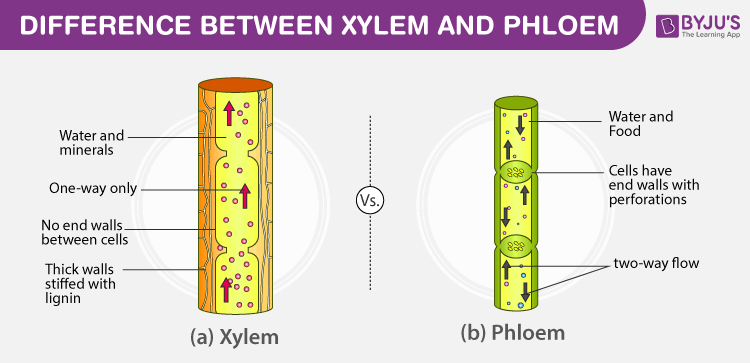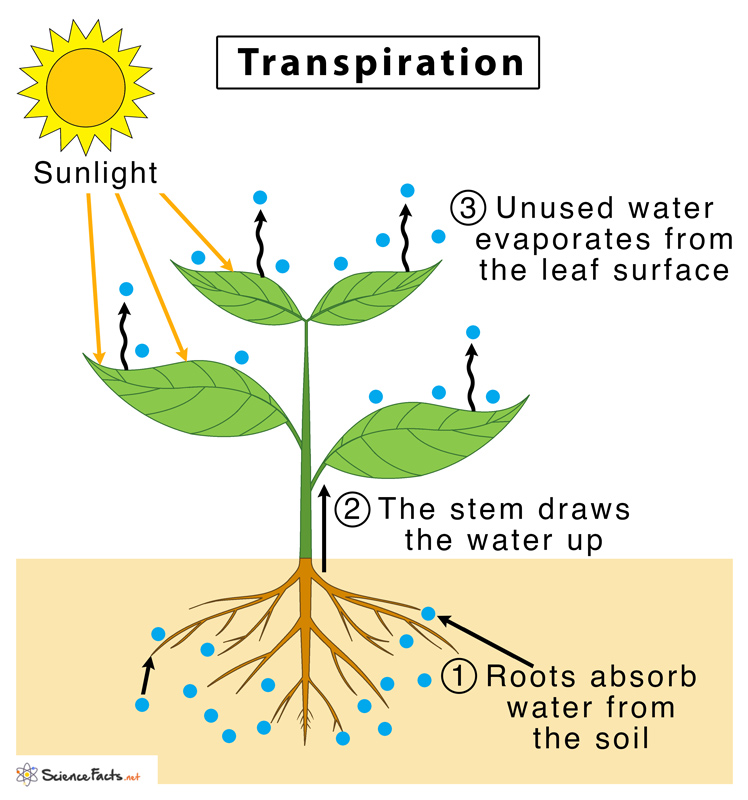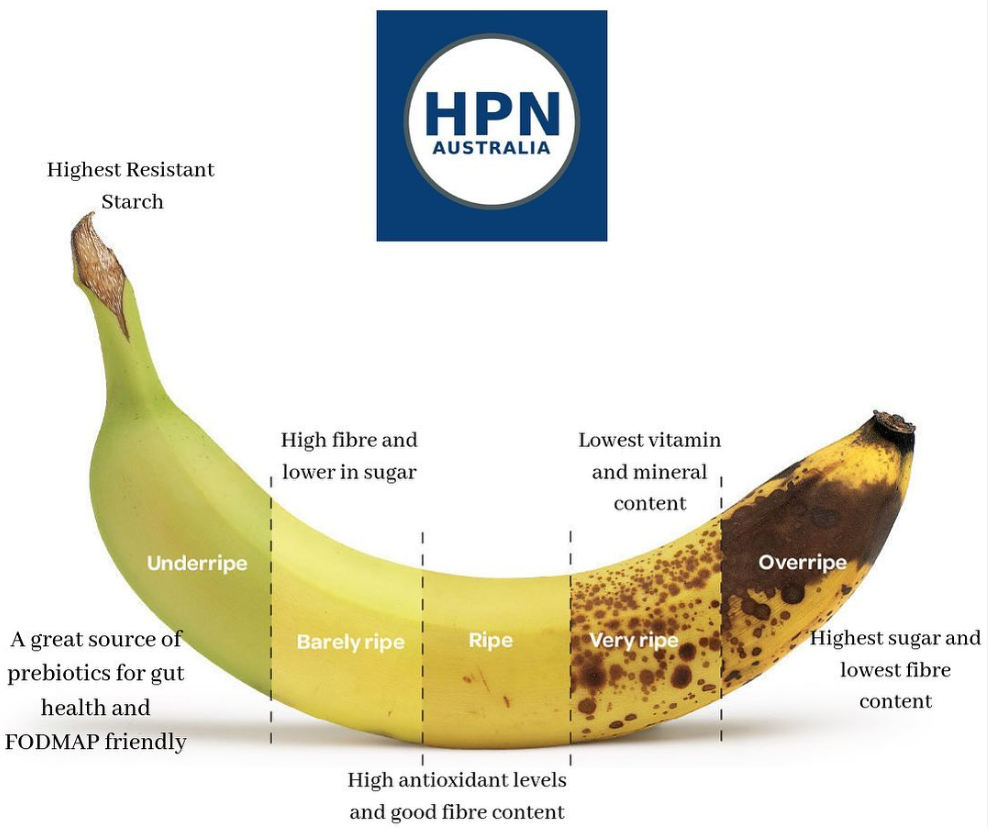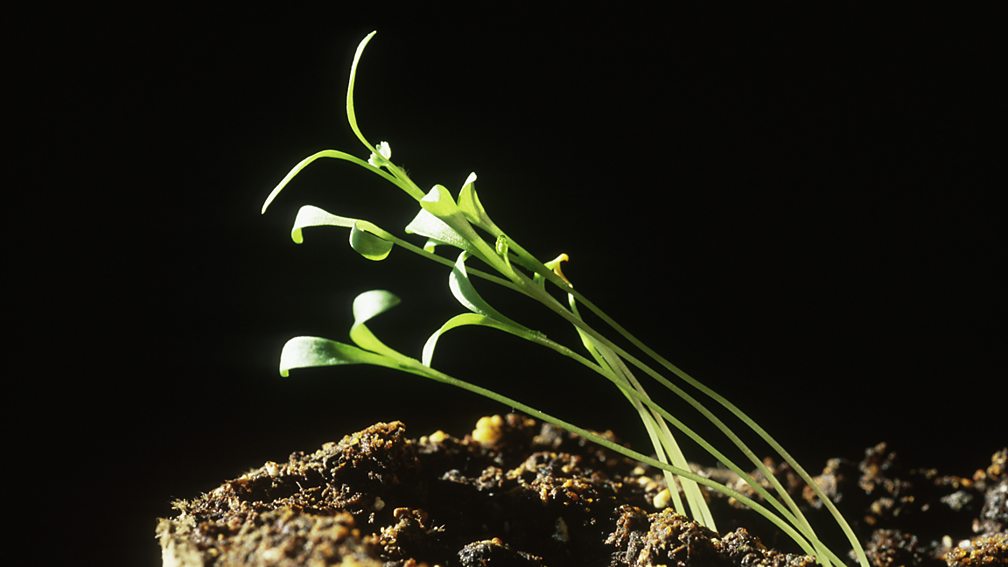Transport of Materials in Plants
Plants need to transport materials from one place to another to perform basic activities. To do this, plants use two types of tissue: xylem tissue and phloem tissue.
- Xylem tissue transports water and materials and provides the plant with support. It consists of cells with thick cell walls that are arranged in long columns. The cells lack some cellular components, so the cells are considered to be dead. As well as having a primary cell wall, xylem cells also have a secondary cell wall. Additionally, xylem cells have passageways connecting them to each other, so water can pass through the xylem cells with ease.
- Phloem tissue transports organic materials such as sugars, which are products of photosynthesis. The tissue contains cells in columns that conduct fluid, but unlike xylem cells, phloem cells are alive and active.

The process of water movement in plants can be explained by the cohesion-tension theory, which involves transpiration, adhesion, cohesion, and tension, acronymed TACT.
- Transpiration is the evaporation of water from plants and it removes water from leaves. It is triggered by the sun.
- Adhesion is when water sticks to the walls of xylem cells. It prevents the water from being pulled downward by the force of gravity. Since the xylem cells are polar and water is also polar and covalent, it can easily make hydrogen bonds with the xylem cells.
- Cohesion between water molecules creates a column of water that travels from the roots of the plant to the plant's leaves. The water molecules are able to stick together due to the hydrogen bonds between adjacent water molecules.
- Tension is the negative water pressure that is created as water evaporates out of the plant's leaves. When water evaporates, it pulls other water molecules along with it due to cohesion. This causes water to ascend in the plant.

Fruits
When plants produce fruit, they release ethylene, a gas that promotes ripening. The ethylene gas fills the air spaces within the fruit and causes the cell walls to break down, making it softer. The release of ethylene gas triggers more ethylene gas to be released, an example of a positive feedback mechanism.
Plant Response to Abiotic Stimuli
Unlike animals, plants are rooted to the ground and cannot move, making it significantly harder for them to avoid environmental factors such as temperature, amount of rain, and predators. To combat undesirable environmental stimuli, plants can change their growth or their structures. Plants can use a variety of techniques to combat environmental factors:
- Phototropism is the plant's response to light in response to the hormone auxin. Auxin in produced in the plant's apical meristem, which is the tip of the plant's shoot. When sunlight is all around the shoot of the plant, an equal amount of auxin is produced on both sides and the plant's shoot grows straight up. However, when the sides of the shoot are not equally illuminated, more auxin is produced on the shady side of the stem, causing it to grow towards the sunlight.
- Gravitropism is the plant's response to gravity. Amyloplasts in the plant move to the bottom of cells due to gravity, allowing the plant to detect a gravitational field.
- Thigmotropism is the plant's response to touch. If vines or other plants come in contact with an object, they begin to wrap around that object. Auxin plays a role in this process, but the specifics are not well understood yet.
- Plants also utilize dormancy. Abscission is when plants lose leaves or other parts. This usually happens in the fall and winter, which is when plants stop photosynthesis and drop their leaves. Seed dormancy is a mechanism in which seeds can delay growth unless there are favorable conditions.

